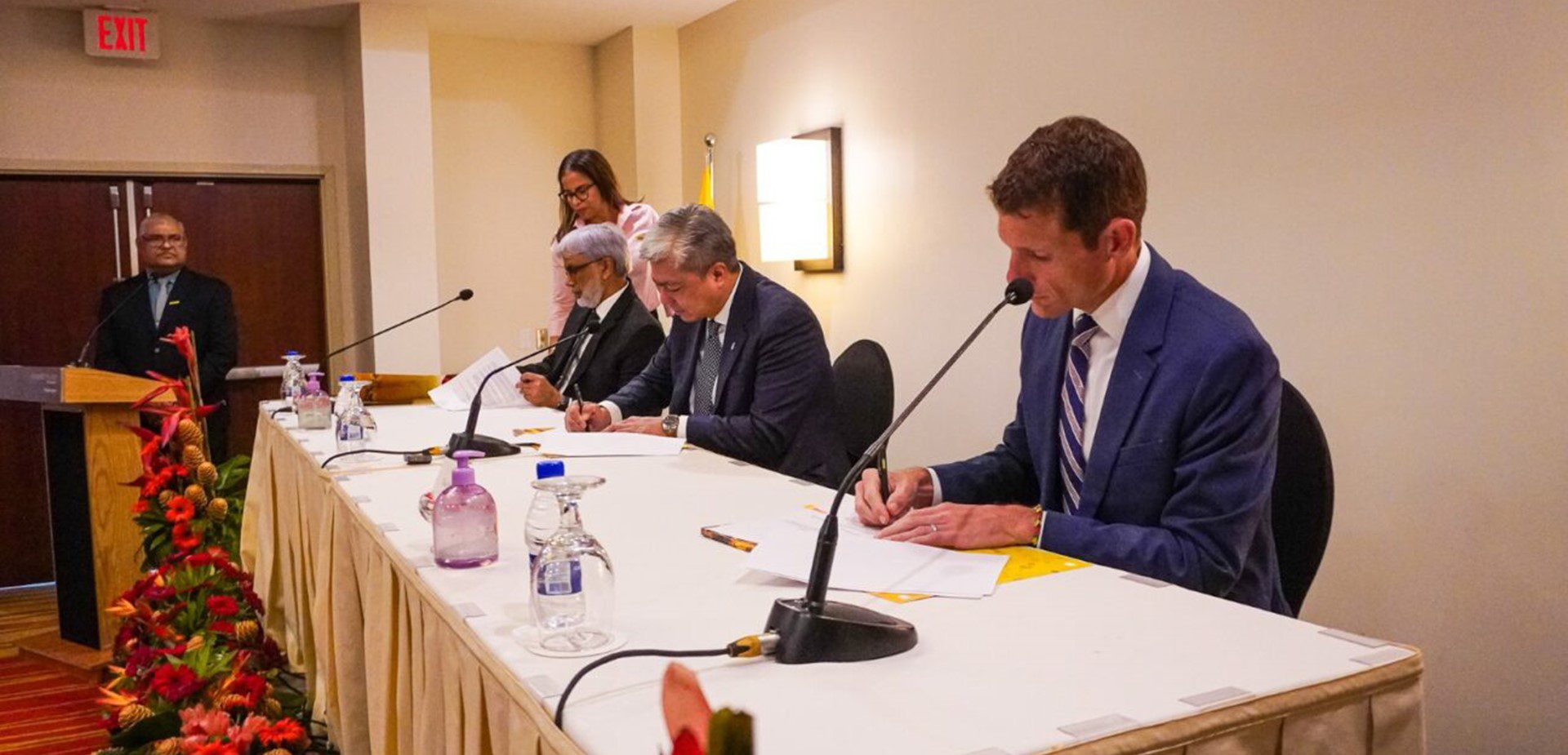Norway’s Rystad Energy sees Suriname’s first standalone gas project potentially materializing as early as 2031, at the Petronas-operated Block 52.
Aiding the Block 52 operator is the 10-year tax break it got from the South American nation in a recent letter of agreement (LoA) to push for the development of gas reserves.
“Supported by ongoing appraisal efforts, this LoA is pivotal in evaluating gas production feasibility, potentially facilitating Suriname’s earliest natural gas production by 2031,” Rystad Energy said in an April 24 report.
Three significant discoveries were made at Block 52.
The latest discovery was made on May 15 at the Fusaea-1 well, located 170 kilometers from the Roystonea-1 well. The two combined hold some 400 million barrels of oil, according to Wood Mackenzie.
There is also the Sloanea-1 discovery. Petronas spudded the Sloanea-2 appraisal well in April. The results of this will determine the feasibility of a commercial gas field.
The LoA also delineates the framework for gas reserve development within Block 52. It paves the way for negotiations, including adding a ‘gas addendum’ to the existing production sharing contract signed in 2013.
Petronas had hinted at a floating liquid natural gas (FLNG) project. FLNG involves extracting gas from a floating production platform, liquefying it, and storing it for transport in gas tankers.
Block 52, covering an area of 4,749 square kilometers, is located north of the coast of Paramaribo, Suriname’s capital city, in the Guyana-Suriname basin.
ExxonMobil’s unprecedented success on the Guyana side of the basin has also been playing a pivotal role in the exploration activities offshore Suriname. The company has so far found over 11 billion oil equivalent barrels at the Stabroek Block and is now producing over 600,000 barrels of oil per day.
Petronas Suriname E&P is the operator of Block 52 with a 50% participating interest. ExxonMobil Exploration and Production Suriname B.V. holds the other 50%.



